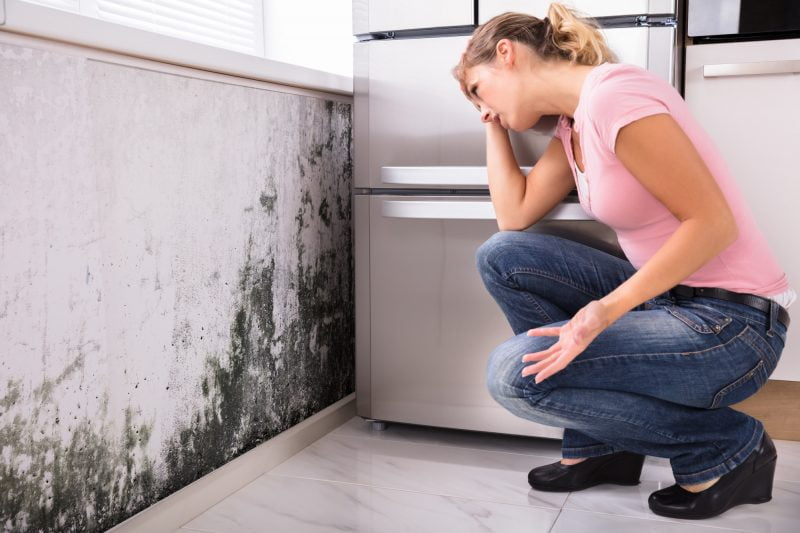Reflect on all the hours you spend inside of your home and workplace. When you add them up, you spend 90% of your time indoors.
If people spend the majority of their time indoors, why isn’t indoor air pollution as widely recognized as environmental pollution?
Environmental pollution is more straightforward. You can see and smell smog, oil spills, and exhaust fumes.
Indoor air pollution is sneaky and gradual.
Cooking smells, dust, and building materials all contribute to indoor air pollution. You may not notice the effects of indoor pollution until health problems arise, like mold-related illnesses.
Improve your indoor air quality with these easy and effective tips.
Table of Contents
Clean Your HVAC Parts
When was the last time your furnace had a decent cleaning? What about that layer of dust on your vents?
Dirty heaters and air conditioners recirculate dust and debris indoors. Unfortunately, this sneaky problem manifests into sniffles, coughs, and respiratory issues.
Watch for signs like burning smells. That sign points to a dirty furnace with burning dust particles.
You should change your air filters every few months too.
Control Your Humidity Levels
Does the air inside your home feel thick and moist? You likely have high humidity levels. This sign is most noticeable during sweltering summers.
Air conditioners balance moisture levels indoors. AC refrigerants absorb summer’s warm, humid air. The leftover condensation drains out of the HVAC units outside.
High humidity means your AC is struggling. You may have a refrigerant problem. The HVAC system might be on its last legs.
Even if you’re unbothered by indoor humidity, you still need to reduce moisture indoors. Humid conditions lead to mold, water damage, and pests.
Purify Your Indoor Air Quality
You can also control mold with air purification services. Find more info here on the science behind air sanitation.
In a nutshell, air purification controls the following indoor contaminants:
- Mold
- Viruses
- Germs
- Bacteria
- Allergens
- E. Coli
There are DIY air purification hacks too!
Do you love houseplants? Keep your house filled with fresh plants. Some plants even convert harmful indoor chemicals into oxygen.
Fresh air is another natural purification trick. Open the windows as often as you can. Sunlight is a natural air (and water) purifier too.
Watch for Strange Smells
One of the biggest indoor dangers is gas leaks. If you smell gas, call an emergency HVAC technician right away. Too much exposure can cause fatigue, dizziness, and even seizures.
Any burning smell is cause for concern. Clean all of your cooking appliances, including toaster ovens and microwaves. Make sure your gas stove isn’t leaking, either.
A sulfuric, rotten egg smell can indicate a gas leak or clogged plumbing. You may need to replace your old pipes or get a routine drain cleaning. Clogged sewer lines can cause similar indoor air pollution.
Take a Deep Breath
You shouldn’t have to worry about your indoor air quality. Use DIY tips and professional services to fight indoor contaminants.
Air quality is one important piece of owning a home. Follow the blog to discover even more homeowner hacks.






